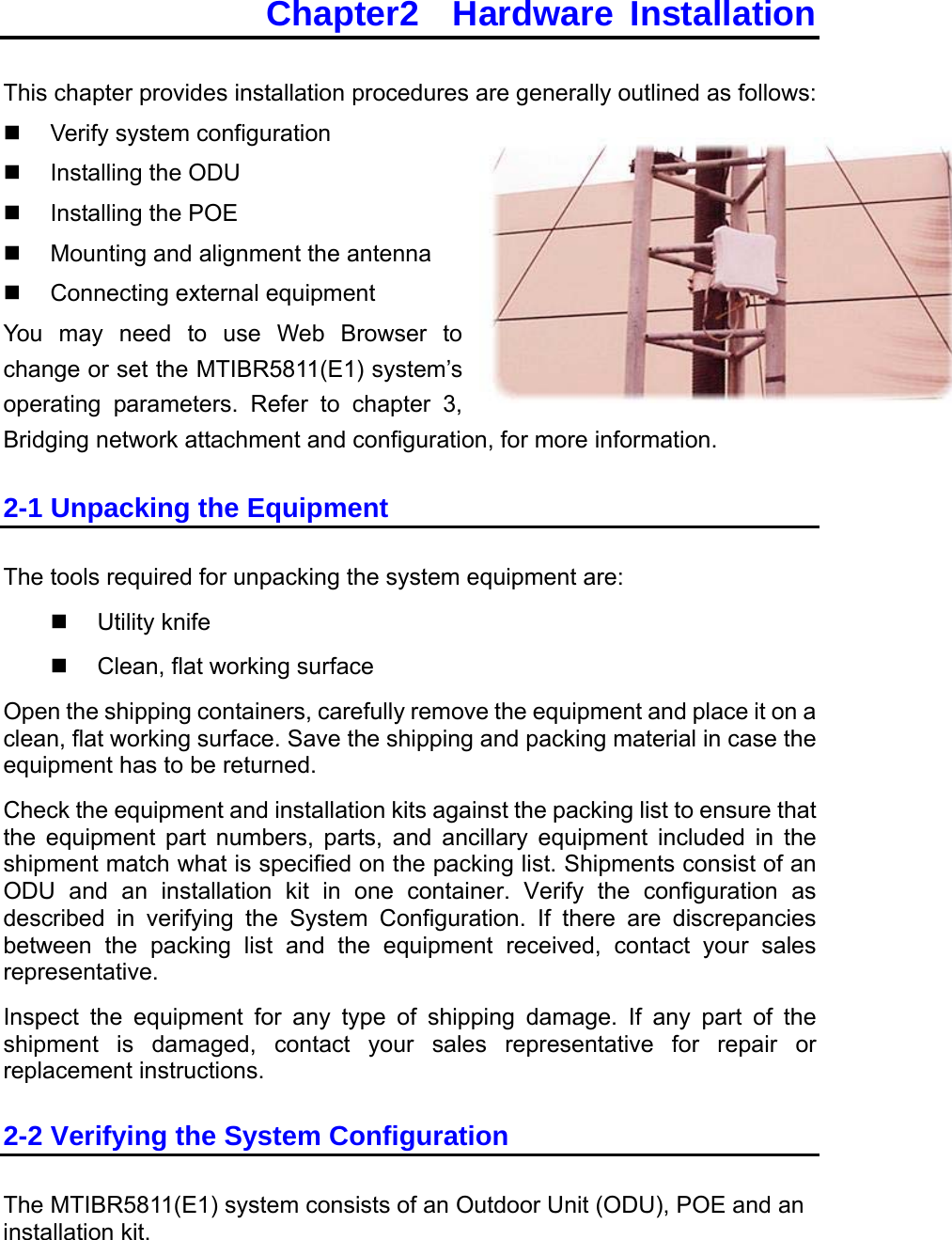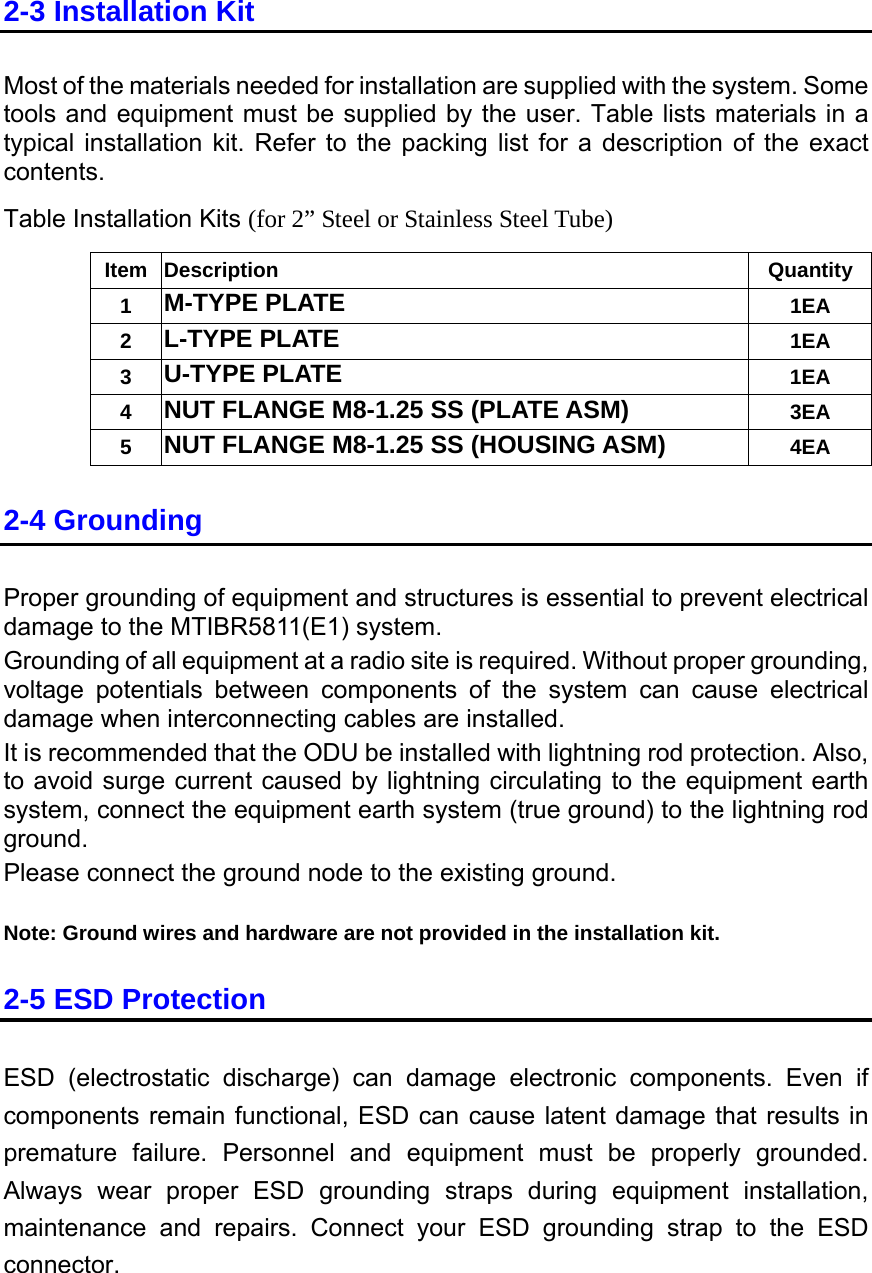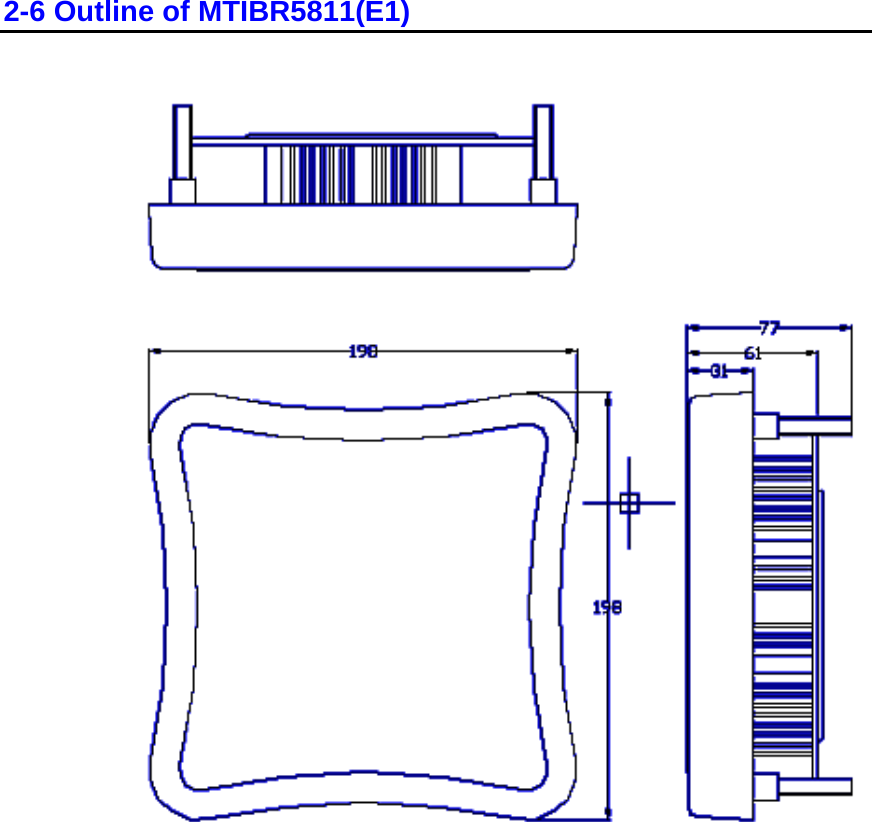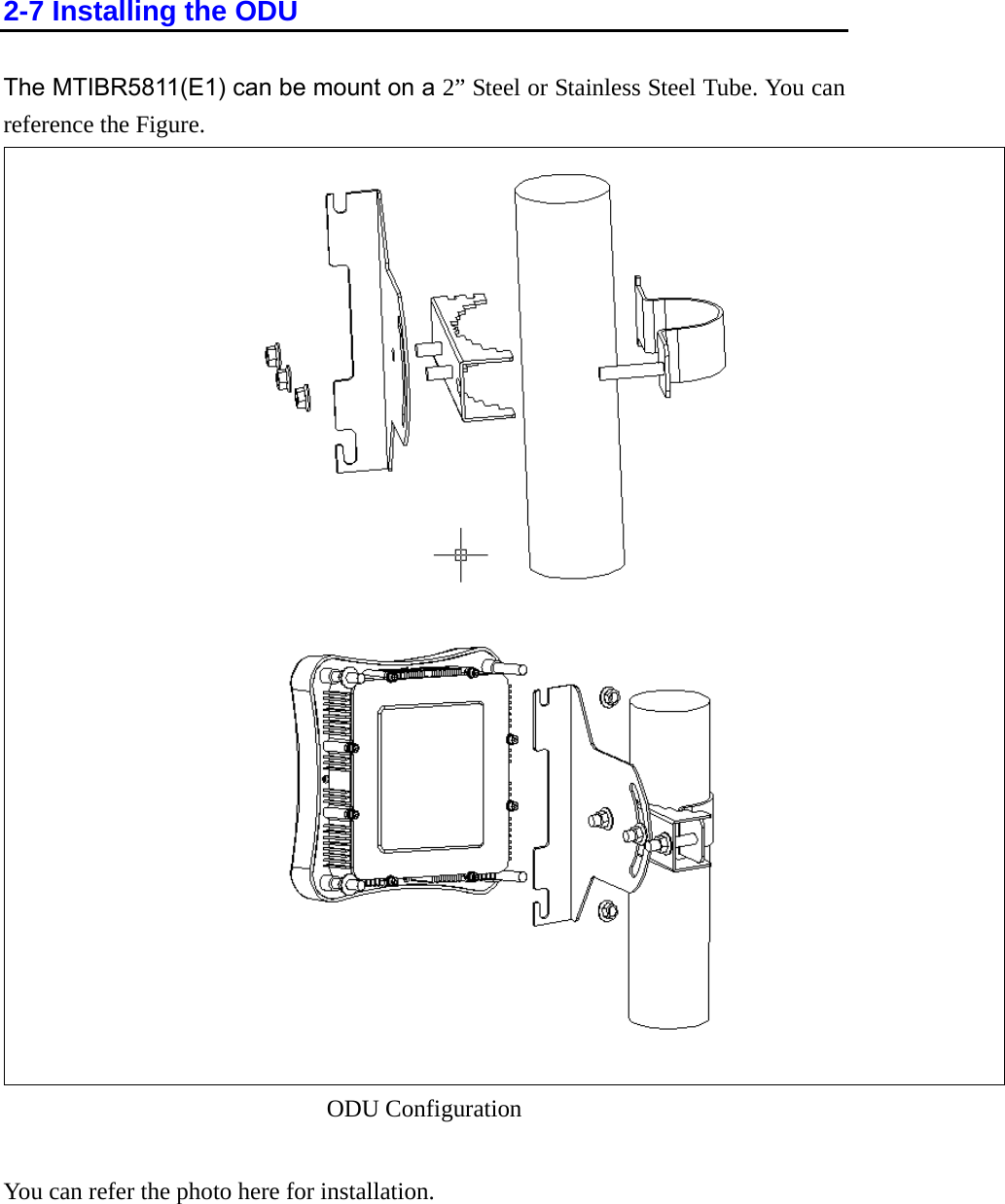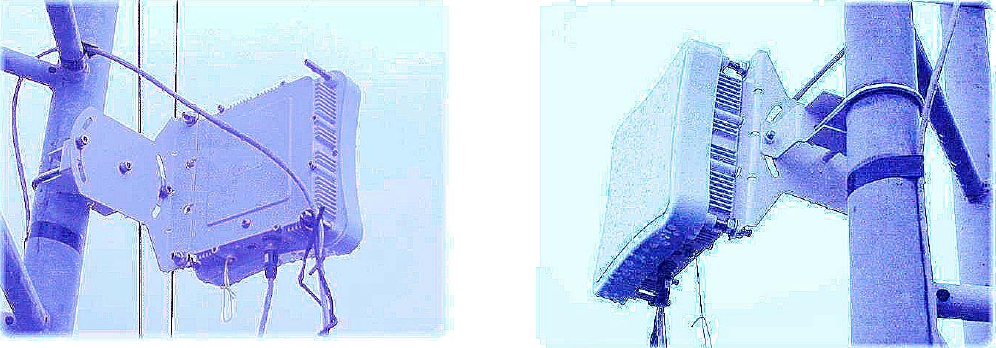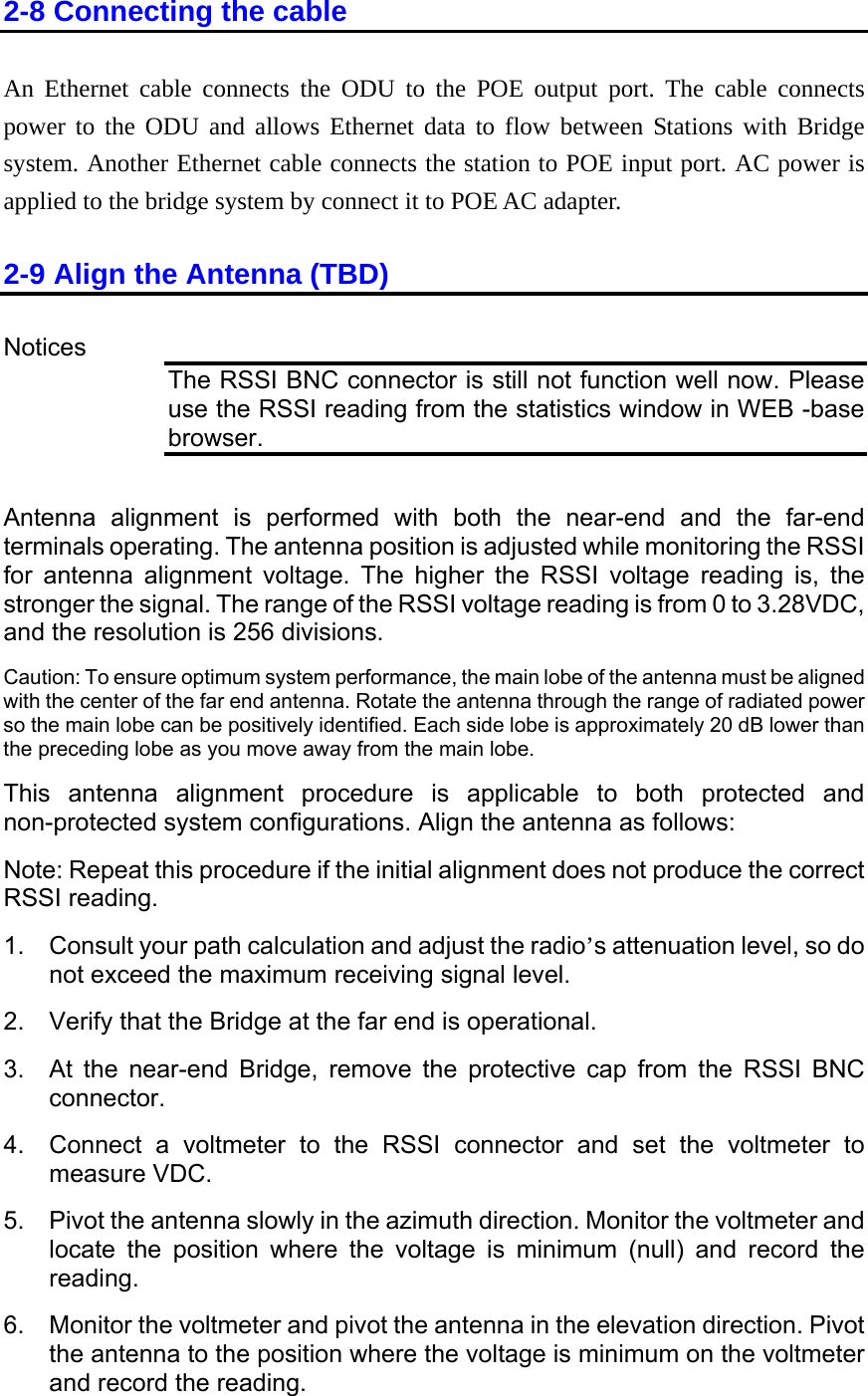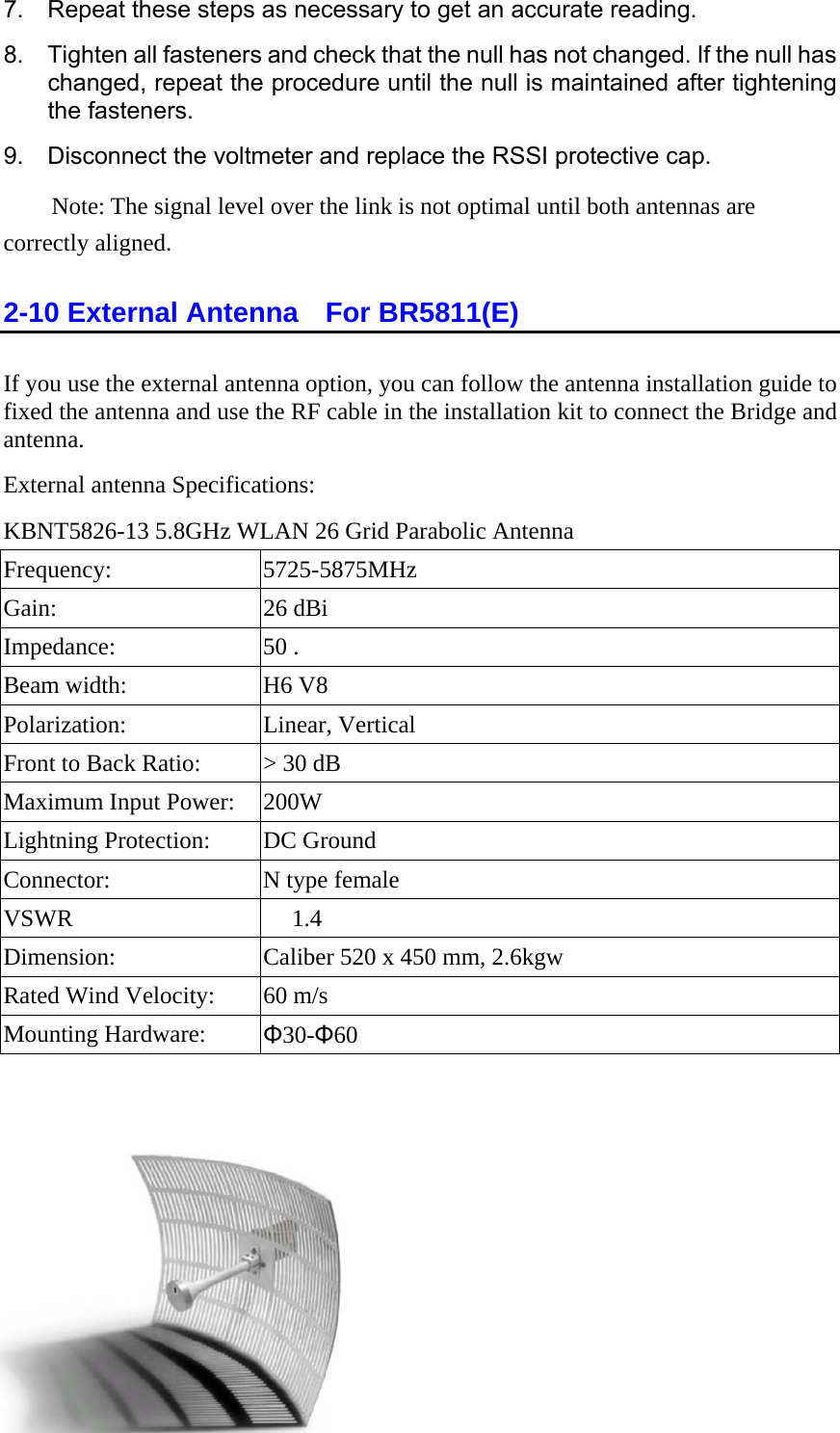Microelectronics Technology BR5811E1 WIRELESS OUTDOOR BRIDGE SYSTEM User Manual Chapter 2 Hardware Installation
Microelectronics Technology Inc WIRELESS OUTDOOR BRIDGE SYSTEM Chapter 2 Hardware Installation
Contents
- 1. USERS MANUAL
- 2. HARDWARE INSTALLATION
HARDWARE INSTALLATION
